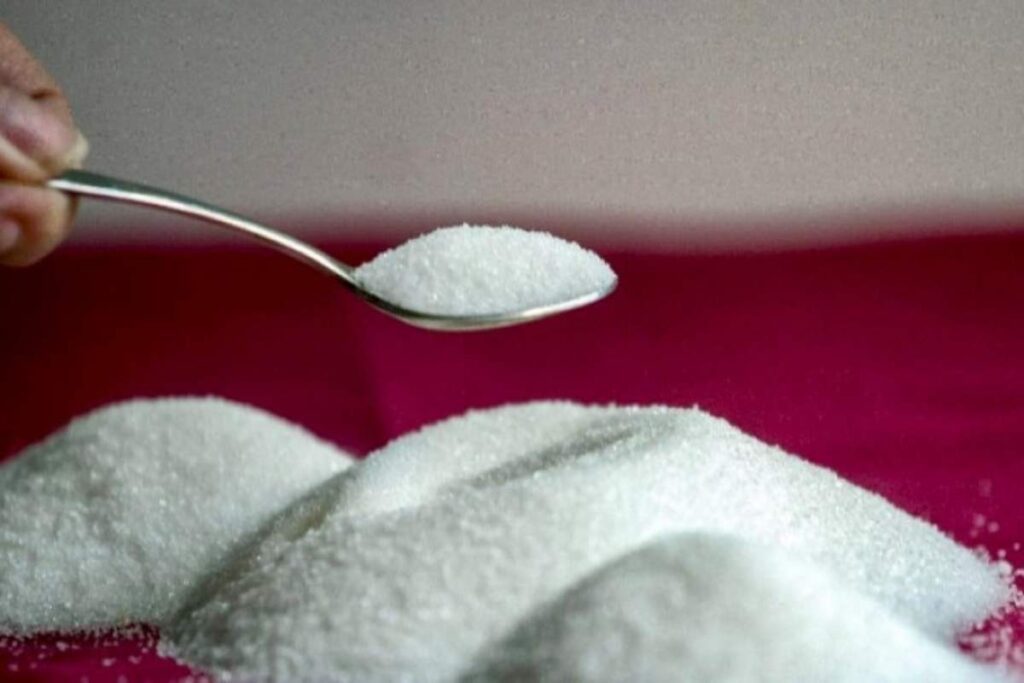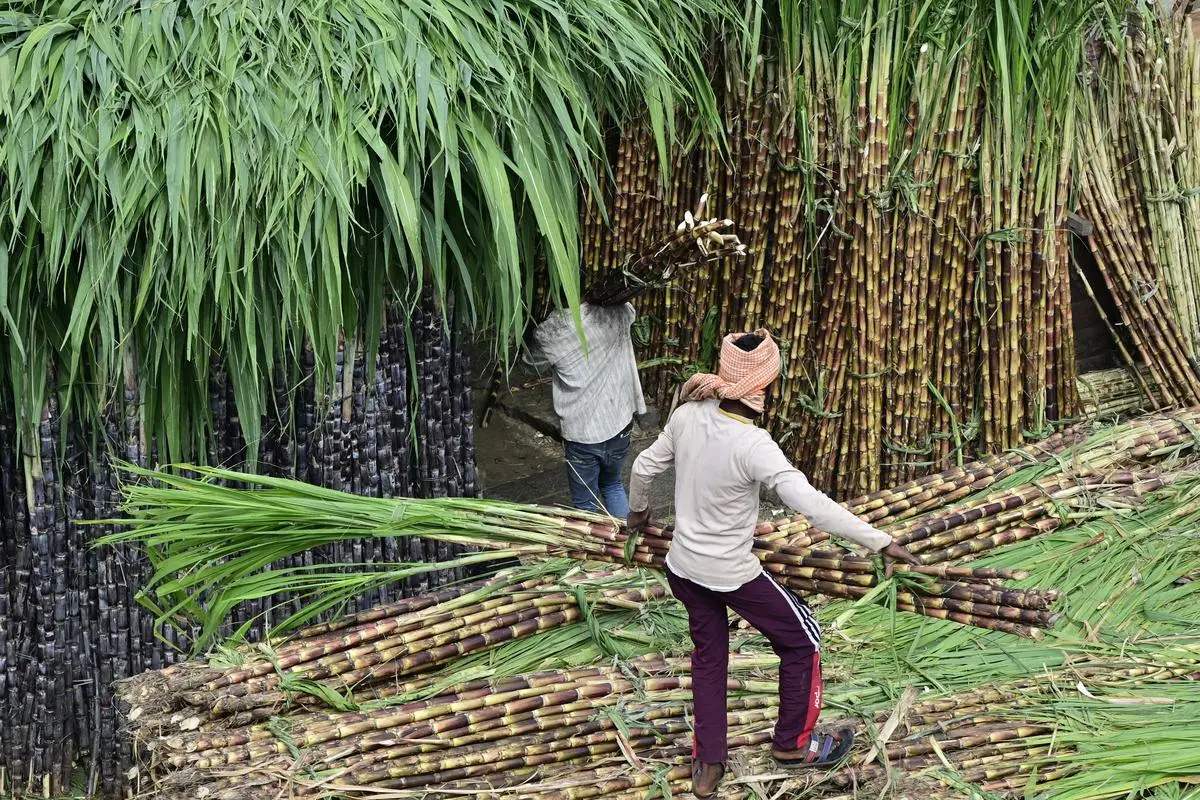Record-Breaking Growth on the Horizon for Indian Sugar Sector
India’s sugar industry is preparing for a remarkable shift. After a dismal run last season, think plummeting yields, major weather setbacks, and a rattled market, 2025-26 is now forecast to deliver an 18% spike in sugar production, catapulting national output to nearly 34.9 million tonnes. For anyone following agricultural markets, or just the price of sweets at their local store, this is a sea change.
Funny thing is, not long ago, it looked pretty bleak. The 2024-25 season was marred by one of the worst output slumps in recent memory, with many regions battling dry spells, poor rainfall, and diseases that devastated cane crops. The government clamped down on exports to protect the local supply. But all that’s beginning to shift.
Let’s dive in. Why is India’s sugar belt suddenly turning so sweet? What does the rebound mean for growers, millers, global trade, and households across the country? Here’s the full picture, as the world’s second-largest sugar producer bounces back.
The Context: Shadow of a Poor Harvest
First, a rewind to last year. The 2024-25 sugar season, running from October to September, was, if I’m honest, kind of a disaster for many.
- Net sugar production dropped to an estimated 26.1 million tonnes, the lowest point in half a decade.
- Severe drought hammered Maharashtra and Karnataka, the country’s second and third-largest cane-growing states, while Uttar Pradesh, India’s leader, offered only modest consolation with slightly increased output.
- Red-rot disease, too, swept through fields in Uttar Pradesh, cutting yields and dampening any hopes for a late rally.
- Weather didn’t cooperate across the cane belt: patchy rainfall, depleted groundwater, and heat waves all took their toll.
The knock-on effects? Mills ran out of easy-to-crush cane and closed early across huge swathes of the west and south. While a few factories in Tamil Nadu kept running into the summer, overall national supply simply couldn’t keep up with demand.
And then came policy responses, export bans, strict controls, and a measured increase in diversion of sugar for ethanol production (up to 3.5 million tonnes in 2024-25), further trimming what was available for the open market. Global buyers, especially in Asia and Africa, felt the squeeze, as India, once a major exporter, all but left the international market for the year.
Turning Tides: The Drivers Behind the 2025-26 Sugar Boom

But just as quickly as fortunes fell, the winds are changing.
Strong Monsoon, Swelling Acreage
The “why” behind the anticipated bumper crop is, believe it or not, mostly about the weather and how Indian farmers responded:
- The 2024 southwest monsoon delivered timely, widespread rainfall across the prime sugarcane regions. Fields that looked parched a year ago are lush once again.
- Farmers, many of whom had cut back on cane this past season, expanded acreage this time around, with the national total nudging slightly upwards from 5.71 million hectares to 5.72 million hectares.
- As a result, sugarcane output is forecast to jump by a whopping 42%, up to 13.26 million tonnes for 2024-25, providing the raw material needed for a sugar surge.
Recovery in Cane Yields and Sugar Recovery Rates
Rain helps, but other factors play their part. Industry experts are now seeing:
- Stronger cane recovery rates (that’s the percentage of sugar you get from every stalk) as disease pressures ease with better field moisture.
- A clear rebound in operational mills, many of which shuttered early last year, are now planning for full, or even extended, crushing seasons in 2025, including late summer efforts in certain regions.
Diversion to Ethanol: Still Relevant, but Balanced
India’s ambitious ethanol blending policy, part of a drive towards renewable fuels, continues. Roughly 5 million tonnes of sugar are expected to be diverted to ethanol production in 2025-26, up from 3.5 million this season. This aligns with government pushes to cut oil imports and support the rural economy.
However, because overall output is skyrocketing, sugar supply for food consumption will remain more than sufficient. The country will finish the year with a comfortable stockpile, ensuring market stability.
Impact Region by Region: Where the Sweetness Flows
India’s cane belt is vast, and not all states reap the same rewards, but the 2025-26 crop revival is broad-based:
| State | 2024-25 Production (Est.) | 2025-26 Forecast | % Change |
| Uttar Pradesh | 10.25m tonnes | ~10.25m tonnes | Flat |
| Maharashtra | 9.33m tonnes | 13.26m tonnes | +42% |
| Karnataka | 5.85m tonnes | 6.61m tonnes | +13% |
| All India | 26.1m tonnes | 34.9m tonnes | +18% |
(MMT = million metric tonnes)
Maharashtra spearheads the resurgence. After weathering the worst of last year’s drought, farmers here are now set to add four million tonnes to their sugar haul, the single largest regional jump. Karnataka, too, is back on track after a year in the doldrums.
And don’t overlook Uttar Pradesh. While the state’s production isn’t growing much, it remains India’s bedrock, its steady hand a vital stabilizer for sugar supplies nationwide.
Exports: Will India Return to the Global Sugar Market?
Here’s the kicker: For most of the past five years, India played a starring role in global sugar exports, moving up to 7 million tonnes a year out of the country. But as domestic woes mounted last season, New Delhi clamped down, allowing just 1 million tonnes of sugar out the door for 2024-25.
Now, with national output primed for a rebound, the conversation is shifting once again:
- ISMA (Indian Sugar & Bio-energy Manufacturers Association) projects a scope for at least 2 million tonnes of exports in the 2025-26 season, if this is key, the government gives permission.
- Industry leaders are pushing for timely export quotas to ward off any risk of a domestic sugar glut, which could weigh on farm and factory gate prices.
- Past experience shows that world prices, especially in deficit-ridden regions such as Africa and the Middle East, are sensitive to India’s role. Traders globally will be watching New Delhi’s policy signals closely.
A Closer Look: Ethanol as a Policy Pivot
If you’ve been following Indian ag policy, you know ethanol is big news. Not just as a fuel, but as a strategic lever for balancing cane surpluses and farmer incomes.
- Historically, ethanol diversion (that is, converting sugarcane juice or molasses into biofuel rather than sugar) was modest, about 2 million tonnes in 2023-24.
- That jumped to 3.5 million tonnes in 2024-25 and is now forecast at 5 million tonnes in the season ahead.
- The government has steadily increased the Fair and Remunerative Price (FRP) paid to cane growers, up 11.5% in the past two years, making ethanol blending an attractive alternative.
- Millers are, as a result, more insulated from the wild price swings that used to define the sector.
That said, there are calls for policy tweaks, particularly around ethanol prices, to ensure margins remain healthy amid rising cane costs and to keep ethanol an attractive route for surplus production.
Pricing and Consumer Impacts
Plenty of shoppers wonder: Will this bumper crop make my chai or gulab jamun any cheaper? Or will prices jump in the stores anyway?
- Retail prices of sugar have actually been quite stable, rising just 5% from ₹42.50/kg in 2022 to ₹44.70/kg in 2024, much less than inflation in rice, wheat, or even pulses.
- India’s strict minimum selling price policy for sugar helps underpin stable market rates, smoothing out the boom-and-bust cycles that plagued consumers in the past decade.
As things stand, the outlook for both consumers and bakeries looks pretty sweet. The country will end the 2025-26 season with a projected 5.2 million tonnes in opening stock, while total domestic sugar demand is expected to be about 28.5 million tonnes. In other words, barring any deep policy shift or new weather disaster, shortages seem off the table for now.
Economic and Social Ripples: Farmer Fortunes and Rural Stability
Why does sugar matter so much? Because it’s at the heart of India’s rural economy:
- More than 50 million farmers depend on cane as a cash crop, mostly smallholders scattered across the Gangetic plains and Deccan plateau.
- Sugar mills anchor rural employment, providing jobs for millions more, from transporters to factory shift workers.
With cane prices heading upward, strong yields and bigger harvests mean more money (and more timely payments) reaching rural families. After a tough year that saw late factory closures and sometimes-delayed payments, the projected boom is a lift for both confidence and livelihoods.
Challenges Linger: Climate Risks and Policy Hurdles
Now, nobody’s popping the champagne yet. The cycle of feast and famine isn’t over, not by a long shot:
- Sugar is infamously cyclical: years of bumper crops are often followed by gluts, low prices, and, eventually, sharp corrections as farmers plant less.
- Climate risks remain persistent. As 2024 showed, a shift in rainfall or a new disease can upend even the best-laid plans overnight.
- The ethanol push, though helpful, depends on consistent government support, both in price-setting and in distribution networks.
India’s policymakers and industry groups are pushing for reforms that will let the market smooth out these wild swings, from allowing more flexible exports to updating minimum price rules and expanding ethanol investments.
Looking Ahead: What to Expect in 2025-26 and Beyond
It’s rare that India’s sugar industry moves quietly. The highs and lows are, you know, part of the charm, and the challenge.
Here’s what looks likely for the coming year:
- Production will surge, up 18%, reaching near-record highs of almost 35 million tonnes before ethanol diversion.
- Ethanol output will hit a new record, as mills continue shifting surplus cane and molasses into biofuel, buoyed by supportive pricing.
- Exports could return, with at least 2 million tonnes poised for international sale, if, and only if, agrarian and commerce ministries green-light them ahead of the marketing season.
- Domestic prices, for now, should stay relatively steady, with ample stocks providing a buffer against shocks.
And yet, one errant monsoon, a sudden global trade restriction, or an unexpected disease outbreak could change the narrative just as quickly. In agriculture, no two years are ever exactly the same. But for now, optimism is real.
Key Takeaways: The Story Behind the Headline
- 2025-26: Production up 18% to 34.9 million tonnes after last season’s drought-induced slump.
- Ethanol diversion expands to 5 million tonnes, supporting fuel blending and stabilizing farm incomes.
- Exports poised to return, pending government approval, with 2 million tonnes likely to hit global markets.
- Retail sugar prices are stable, up just 5% over two years, thanks to policy controls.
- Climate variability, disease, and policy shifts continue to cast a long shadow, but for now, India’s sugar story is tilted toward abundance.
If you’re a farmer, a mill operator, or just like your tea sweet, the year ahead may bring a rare feeling in the sugar sector: relief. But if I’m honest, anyone watching the market knows, the next twist isn’t far away. For now, though, it’s a season of plenty, and that, for millions, means it’s time to breathe a little easier.








